Society is at a crossroads with many topics such as sustainability, energy, medicine, and healthcare. Material science offers many solutions to these problems.
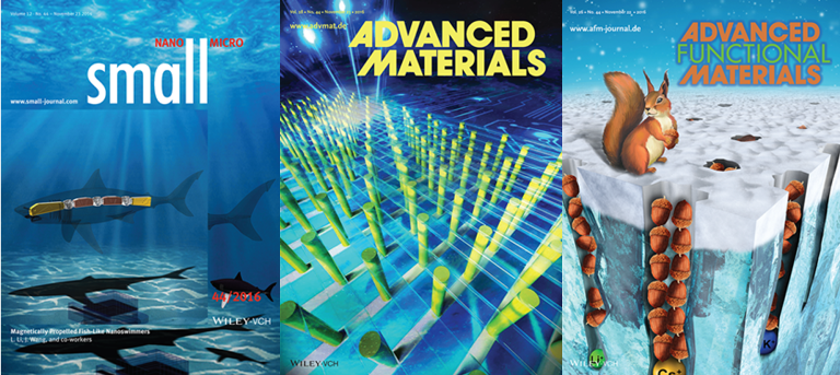


Society is at a crossroads with many topics such as sustainability, energy, medicine, and healthcare. Material science offers many solutions to these problems.
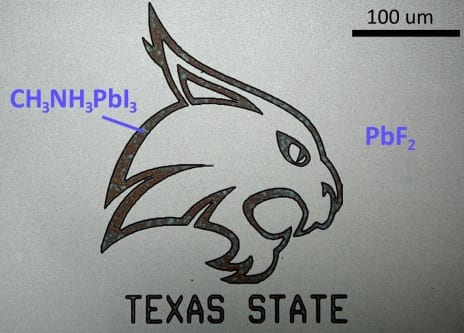
High-resolution photolithographic patterning of organohalide lead perovskites is made possible using hydrofluoroethers.
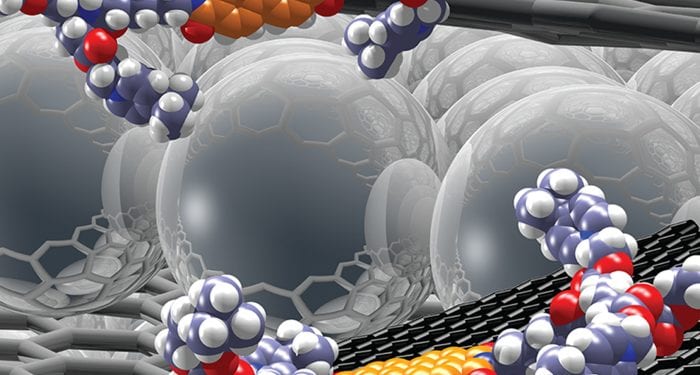
Highly Integrated Organic–Inorganic Hybrid Architectures by Noncovalent Exfoliation of Graphite and Assembly with Zinc Oxide Nanoparticles
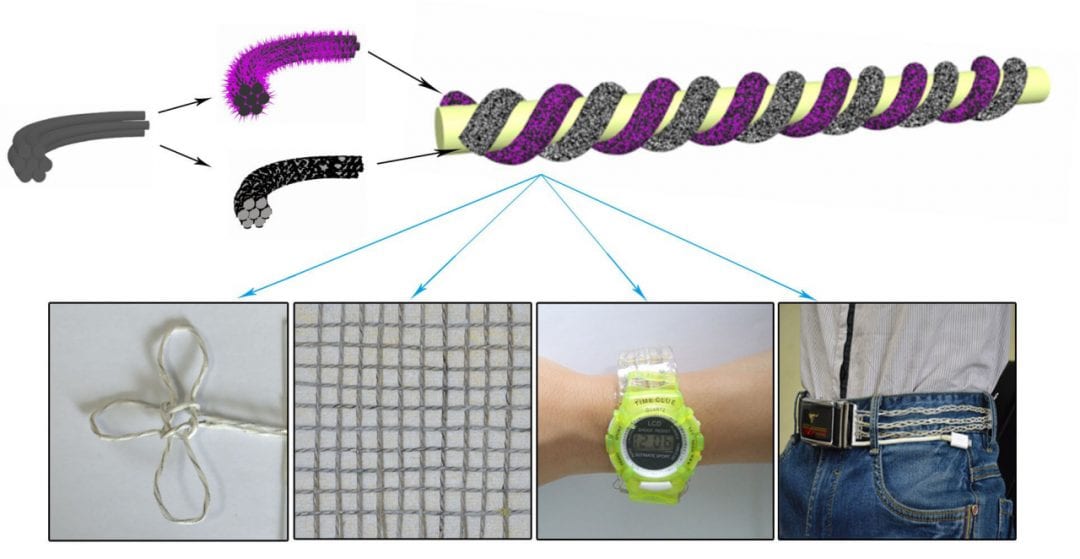
Prof. Guozhen Shen’s group has designed and fabricated metres-long flexible wire-shaped supercapacitors, which can be easily woven into wearable and patterned textiles.
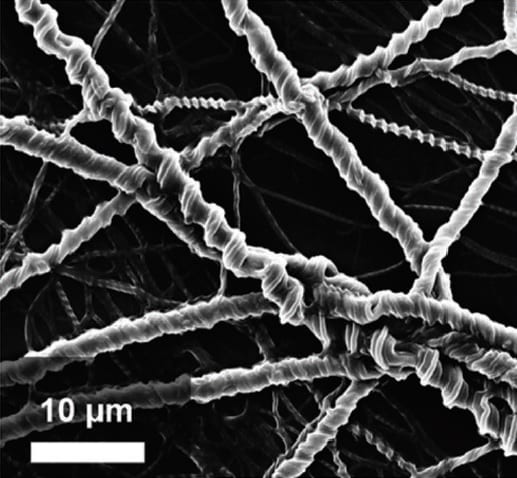
A new class of thermochromic supramolecular material has been designed, which is taking steps toward versatility, sustainability, and scalability.
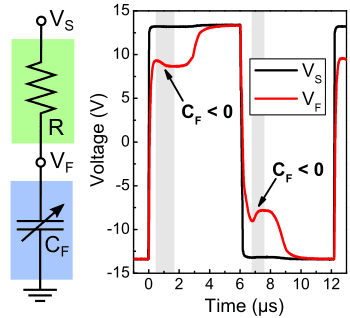
Recently, negative capacitance was first demonstrated in epitaxial ferroelectric lead zirconate titanate, proving that a direct measurement of the phenomenon is possible.
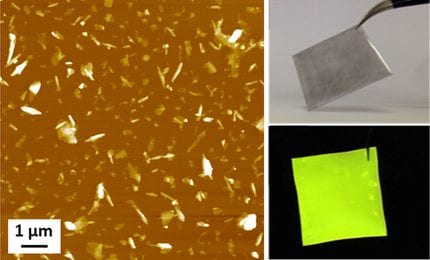
A multidisciplinary group led by Andrea Liscio at CNR, Bolgna, Italy, has reported that adding aromatic surfactants promotes the exfoliation of few-layers graphene nanosheets in low-boiling organic solvents.

Scientists in China have found that the “phase inversion” method could improve the comprehensive performance of the porous electrodes.
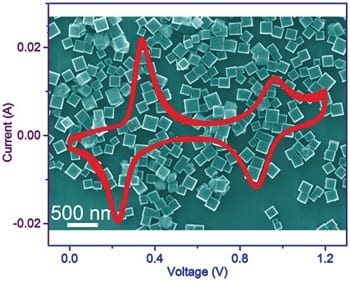
Researchers have reported the synthesis of potassium iron (II) hexacyanoferrate dehydrate nanocubes with a high potassium ion content and their application as an electrode material in aqueous electrolyte potassium-ion batteries.
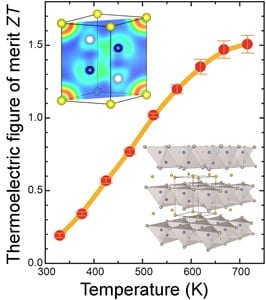
Researchers from Panasonic Corporation observed an outstanding n-type thermoelectric performance in a low-cost and earth-abundant semiconductor.